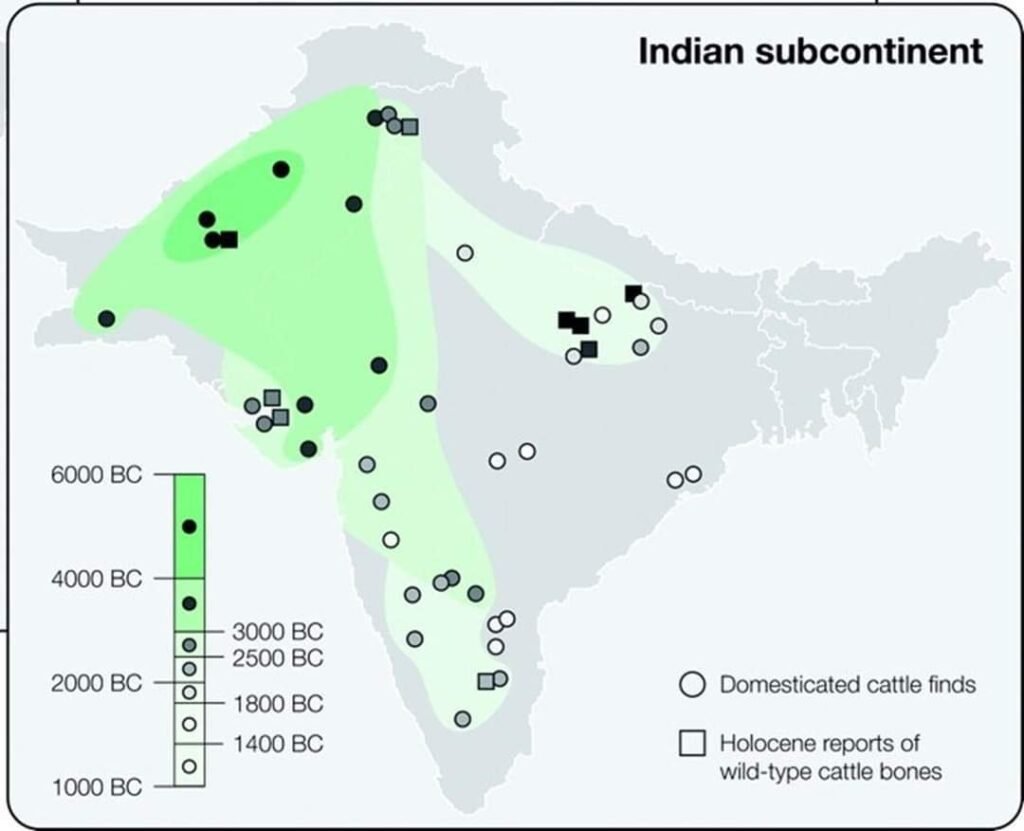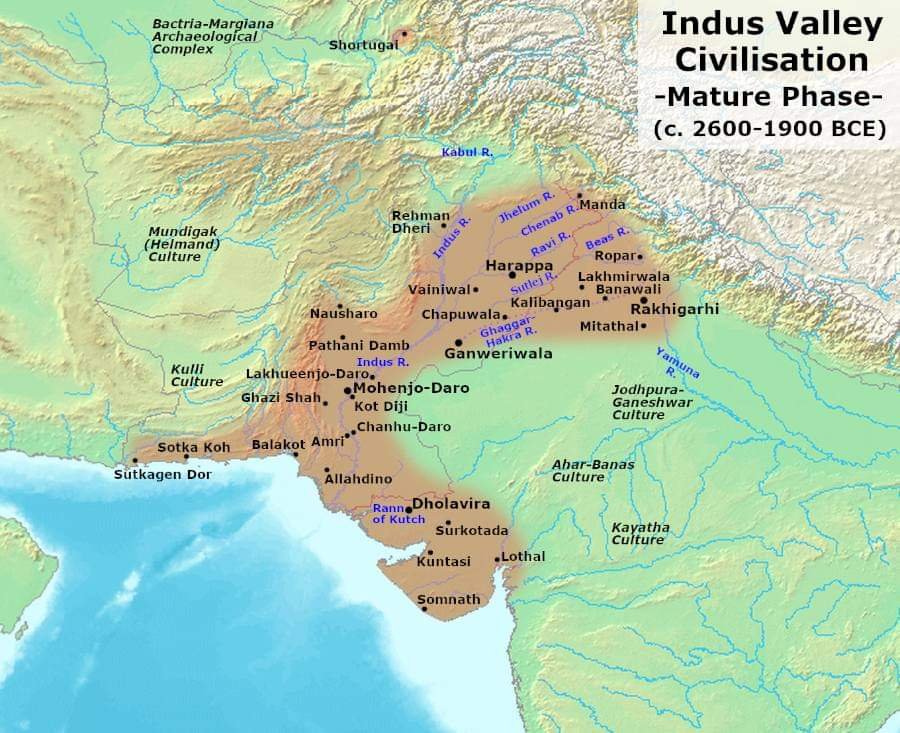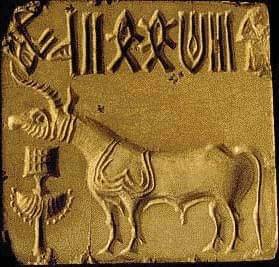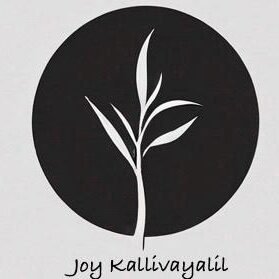#history
#memory
Indus Valley Civilization
– Suresh Kolichala.
On September 20, 1924, the world learned of a long-lost chapter in human history with the rediscovery of the Indus Valley Civilization.
This momentous find reshaped not just Indian history but the broader narrative of human civilization. The Indus Valley Civilization (IVC), one of the world’s earliest urban cultures, flourished in the Bronze Age, revealing a sophisticated society with advanced architecture, trade systems, and a complex script.
Recent genetic studies have further deepened our connection to this ancient civilization. These studies reveal that a significant proportion of the modern Indian population carries genomic markers linked to the IVC, underscoring the enduring legacy of the people who once inhabited those vast cities. This suggests that many cultural, linguistic, and social traits shared across the Indian subcontinent may have roots in the various stages of this great civilization’s evolution, despite the later layers of influence from subsequent migrations and cultural shifts.
At a recent conference organized by the Dravidian Linguistics Association, it was argued that Dravidian was one of the dominant languages of this civilization, which was likely multilingual, as was the case with many Bronze Age societies.
After analysing both linguistic, genetic and archaeological evidence, two major waves of Dravidian migration into mainland India appear to have occurred. The first wave occurred in the late fourth to early third millennium BCE, a period marked by environmental changes that opened the woodlands of the Deccan plateau due to aridification. This change facilitated the spread of pastro-agricultural practices, linking the regions from Saurashtra in Gujarat to the Southern Ashmounds in the Deccan. This first wave is associated with the spread of North, Central, and South-Central Dravidian (SD-II) languages.
The second significant migration followed the collapse of the Indus Valley Civilization in the second millennium BCE. As the urban centers of the IVC declined, Dravidian-speaking peoples moved southwards, particularly along the western coast, contributing to the spread of South Dravidian (SD-I) languages (these languages perhaps migrated eastwards too, but they were subsumed by later dominant languages). These migrations shaped the linguistic and cultural landscape of the southern parts of the subcontinent, cementing the role of Dravidian languages as a dominant force in shaping India’s early history.
By recognising these waves of migration, we gain a clearer understanding of the intricate historical dynamics that contributed to the rich linguistic and cultural diversity of India.



